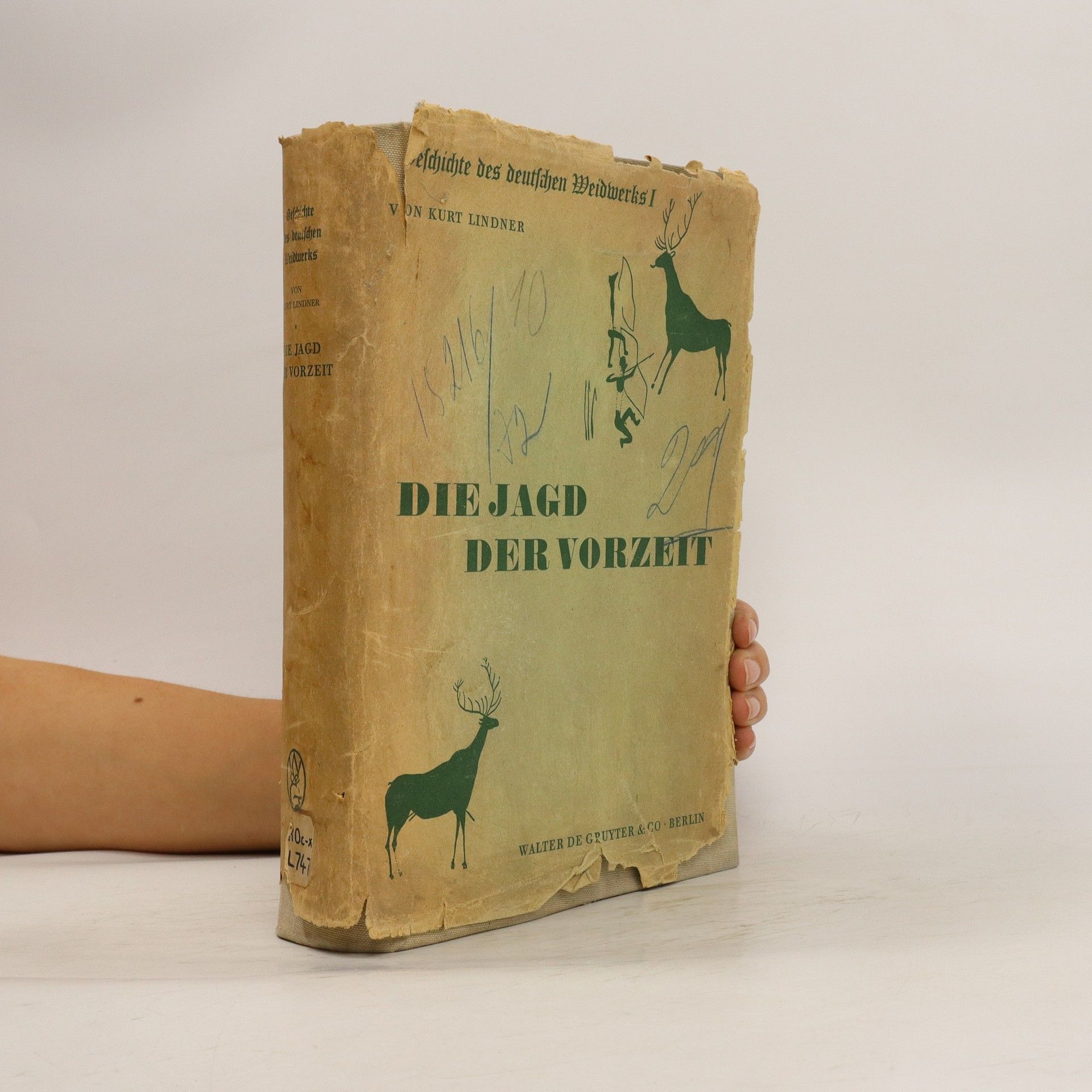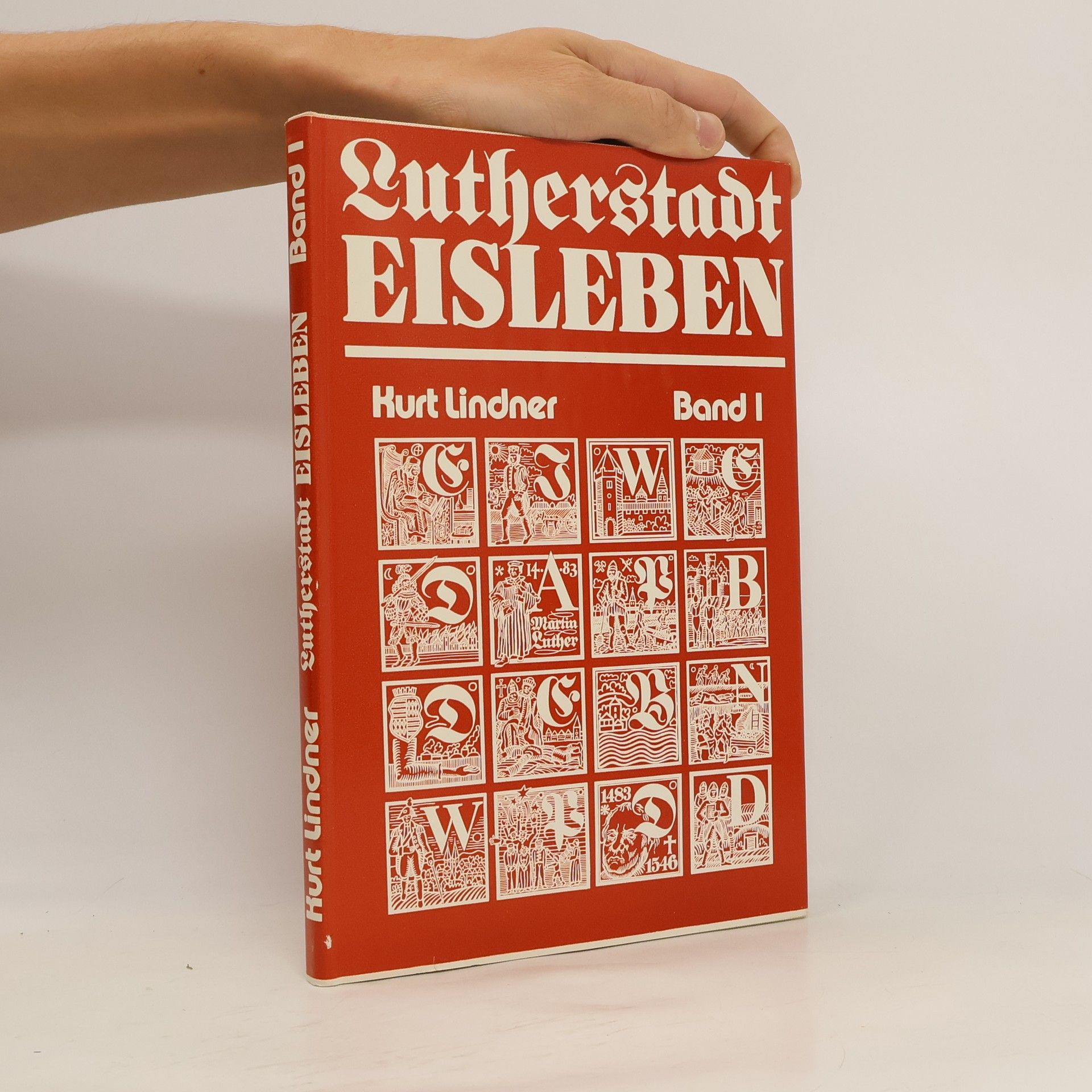Kurt Lindner Livres






Frontmatter -- Vorwort -- Inhaltsverzeichnis -- Verzeichnis der Abkürzungen -- Die deutsche Jagdliteratur von 1480 bis 1850 -- A–F -- G–L -- M–S -- T–Z -- Zeittafel -- DIE NIEDERLÄNDISCHE JAGDLITERATUR VON 1566 BIS 1850 -- Backmatter
i-vi -- Inhalt -- I Jagdtechnische Definitionen -- Der Vogelfang mit der zusammensetzbaren Leimstange -- II Literarische Belege -- III Belege der bildenden Kunst -- IV Bilder der Oppian-Handschrift Cod. graec. 479 der Marciana -- V Würdigung des Ergebnisses und Behandlung technischer Einzelfragen -- VI Fortleben im Osten nach Erlöschen im Mittelmeerraum -- Zur Frühgeschichte der Beizjagd in Europa -- VII Literarische Belege -- VIII Belege der bildenden Kunst -- IX Suche nach Vorbildern -- 159-160
This collection features a range of scholarly contributions exploring the intersection of hunting, literature, and cultural history. It begins with a tribute to Kurt Lindner, followed by a bibliography and a directory of contributions. The essays delve into various topics, such as the role of language in hunting, the significance of early Russian and Polish hunting books, and the historical context of hunting in ancient Israel. Other sections examine the Kerdeston Library's fragments on hunting and hawking literature, hunting methods among Pennsylvania Germans, and the evolution of forestry education from the Middle Ages to the 19th century. Notable discussions include the use of traps in the Carpathians, the portrayal of the forest in German mining legends, and the contributions of figures like Oswald von Wolkenstein. The collection also addresses veterinary education's development in the 18th century and the historical practices of hunting in regions like Kärnten. Additionally, it touches on the medical training in Germany from 1600 to 1850 and the significance of traditional sayings related to hunting. Overall, this anthology offers a comprehensive examination of hunting's cultural and historical dimensions across various regions and eras.

